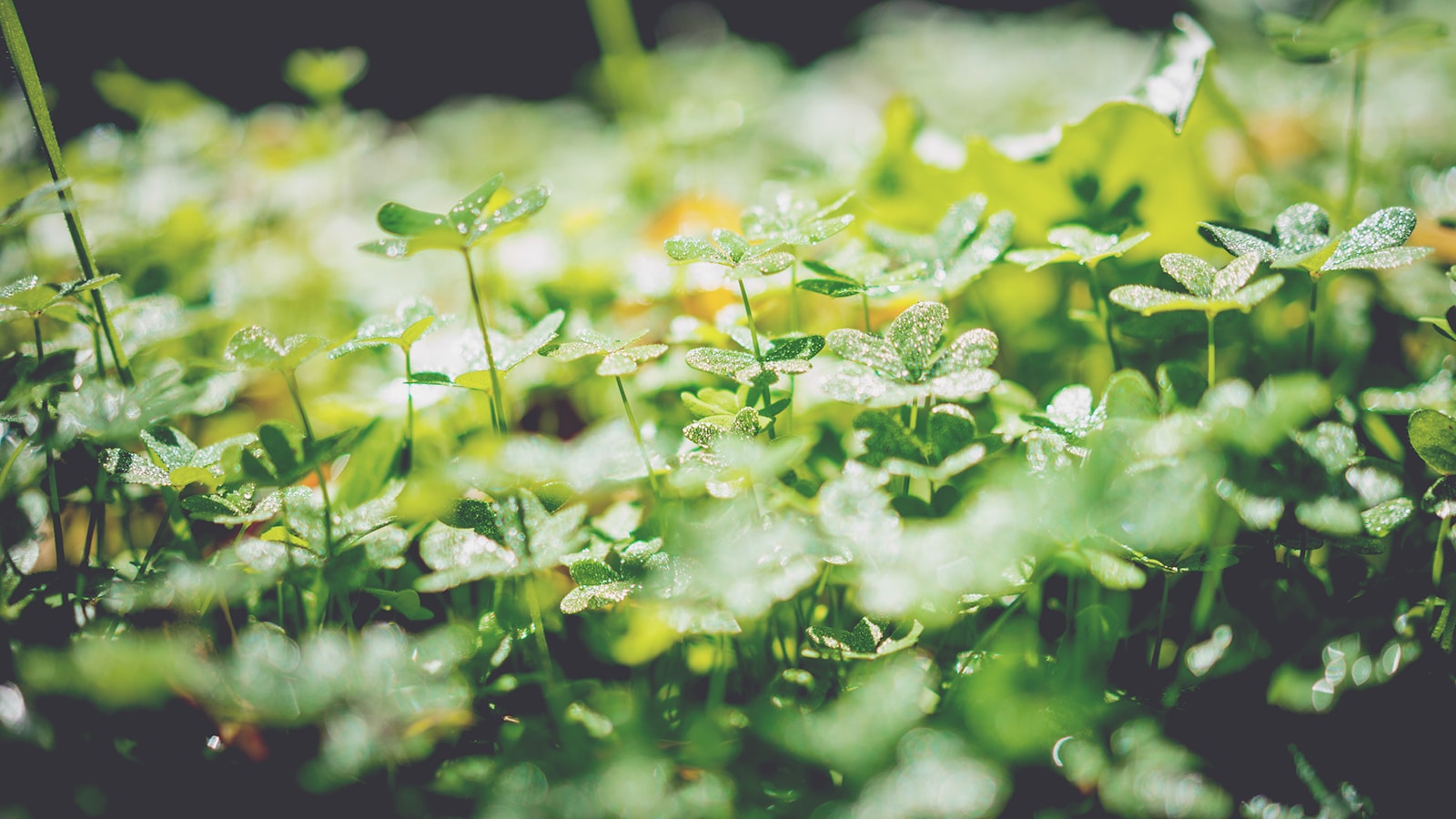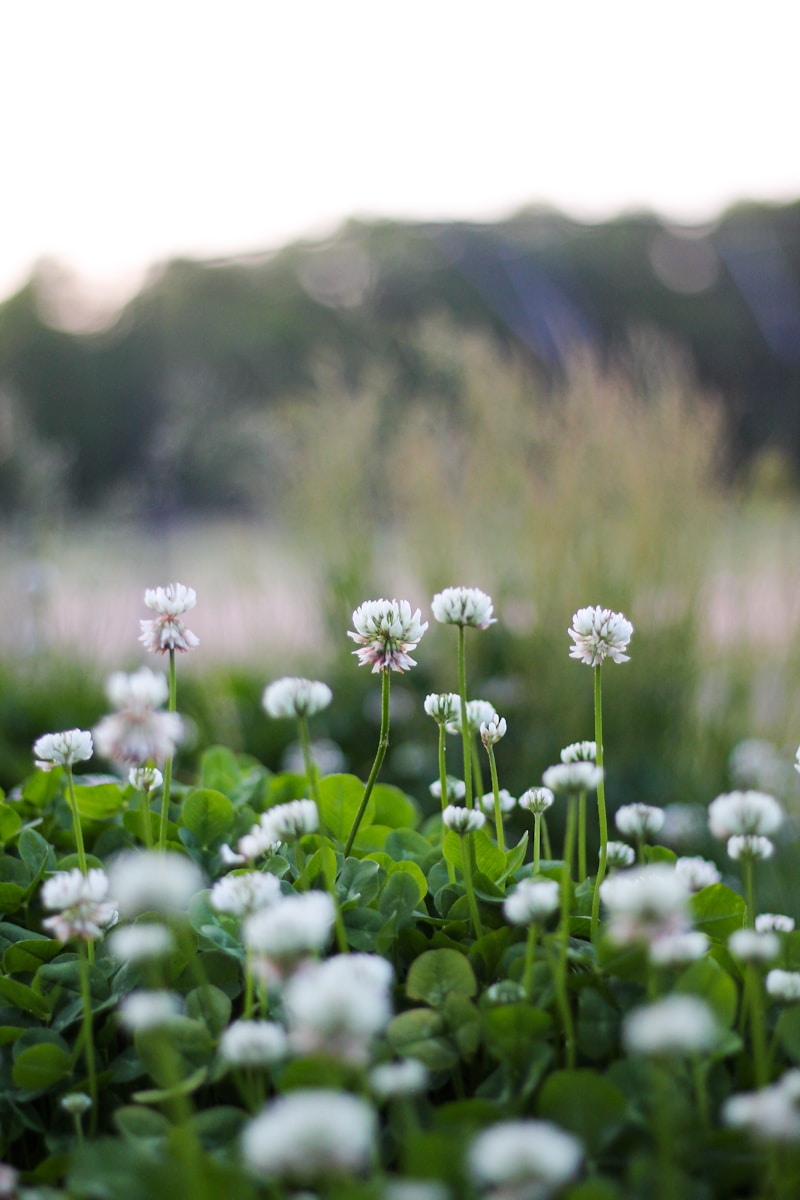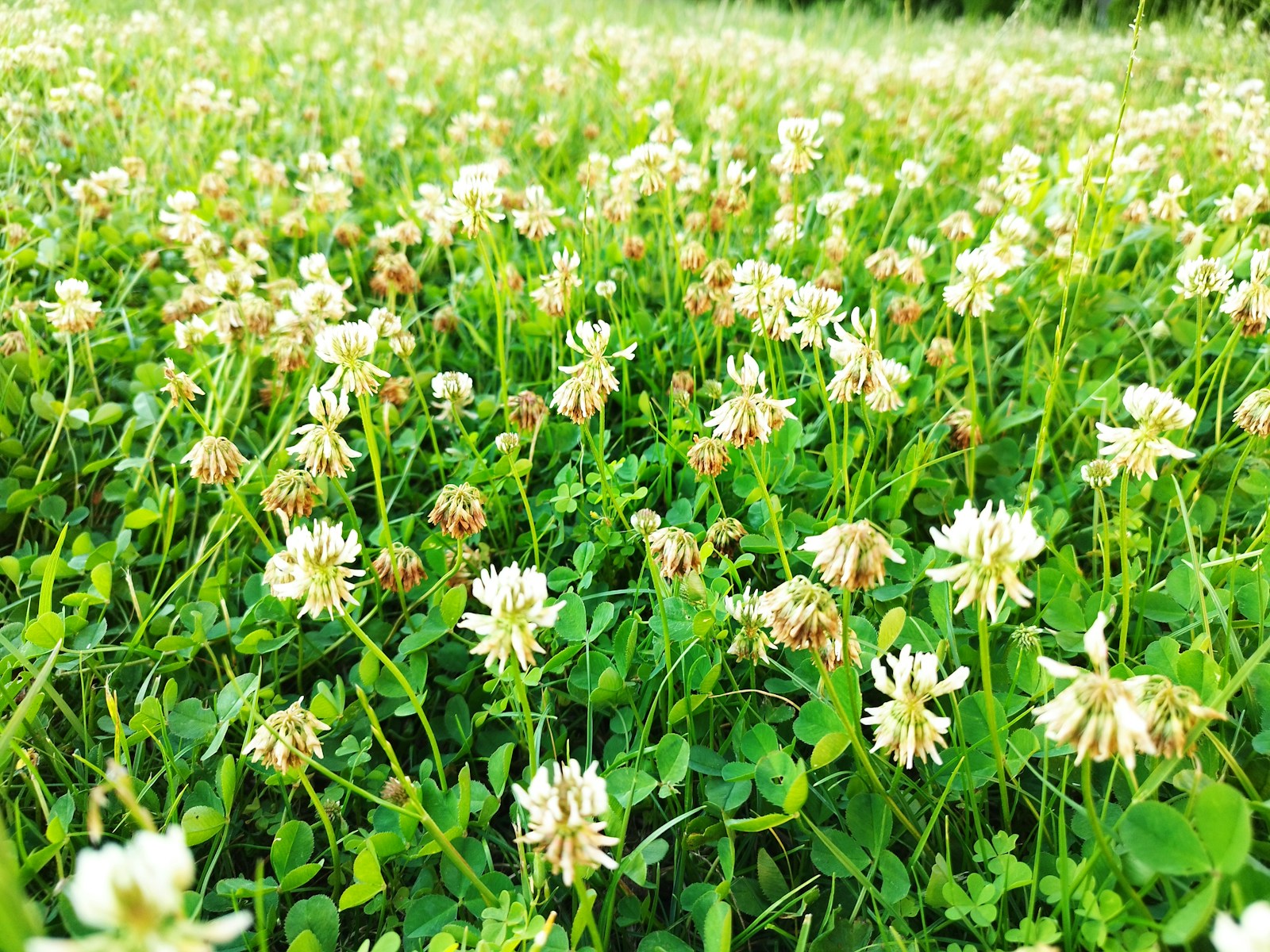Chalky soil, often found in areas with limestone bedrock or regions like Texas Hill Country, Kentucky, and parts of California, presents unique challenges and opportunities for gardeners. With its alkaline nature, excellent drainage, and potential nutrient limitations, chalky soil requires a tailored approach to ensure successful planting. In this guide, we will explore everything you need to know about growing in chalky soil, including the best plants for the environment, soil improvement techniques, and common gardening mistakes to avoid.
What is Chalky Soil?
Chalky soil, also known as alkaline soil, is characterized by its high pH level—usually above 7.0. This soil type is typically found in areas with a limestone bedrock or other calcareous material. Chalky soil drains well, which can prevent waterlogging, but this same drainage can also lead to a rapid loss of essential nutrients. Understanding its unique properties is the first step in growing successfully in this environment.
Key Characteristics of Chalky Soil:
- Alkaline pH: Generally above 7.0, making it unsuitable for plants that prefer acidic conditions.
- Well-draining: Chalky soil does not hold water, which reduces the risk of root rot but can dry out quickly in hot weather.
- Nutrient availability issues: Certain nutrients, such as iron, magnesium, and phosphorus, can become less available to plants due to the high pH.
Best Plants for Chalky Soil
When selecting plants for chalky soil, it’s important to choose species that can tolerate the high pH and the specific nutrient availability constraints. While many plants may struggle, there are plenty that thrives in these conditions.
Ideal Plants for Chalky Soil:
- Lavender: This drought-tolerant herb loves alkaline soils and produces beautiful purple blooms.
- Roses: Particularly old-fashioned varieties, which do well in alkaline soil and require good drainage.
- Clematis: A climbing vine that thrives in chalky soil, especially when provided with a sunny spot and well-draining conditions.
- Foxglove: A stunning biennial plant that adapts well to alkaline soils.
- Alpine plants: Many varieties, such as saxifrages, thrive in the rocky, well-drained conditions of chalky soils.
Not Ideal for Chalky Soil:
- Rhododendrons: These acid-loving plants struggle in alkaline soil.
- Azaleas: Another species that prefers acidic environments.
- Blueberries: These plants require an acidic pH for optimal growth.
How to Improve Chalky Soil for Better Plant Growth
While chalky soil can be challenging, it’s possible to enhance its fertility and texture. Here are some practical tips for gardeners looking to improve chalky soil.
1. Amend the Soil with Organic Matter
Adding compost or well-rotted manure is one of the most effective ways to improve chalky soil. Organic materials help to increase soil structure, enhance moisture retention, and boost nutrient availability.
2. Use Soil Acidifiers
If your soil is excessively alkaline for your chosen plants, consider using soil acidifiers such as sulfur, aluminum sulfate, or peat moss. These can help lower the pH and create a more favorable environment for acid-loving plants.
3. Mulch Regularly
Applying a layer of mulch around plants helps conserve moisture, regulate soil temperature, and suppress weeds. Organic mulches such as bark chips, leaves, or grass clippings also break down over time, adding valuable nutrients to the soil.
Common Mistakes When Gardening in Chalky Soil
Gardening in chalky soil comes with its own set of challenges, and some common mistakes can hinder your success. Avoid these pitfalls to ensure a thriving garden.
1. Not Testing Soil pH Regularly
Without testing, you may not realize how alkaline your soil is, which can lead to poor plant growth. A simple pH test kit can help you understand the needs of your soil and adjust accordingly.
2. Overwatering
Since chalky soil drains quickly, it’s crucial not to overwater plants, which can lead to root rot. Ensure you allow the soil to dry out between waterings.
3. Planting Acid-Loving Plants
Some gardeners mistakenly plant species that prefer acidic soils in chalky conditions. Be sure to choose plants that are suited to alkaline soil, or amend the soil to create a more acidic environment if necessary.
Case Study: Transforming a Chalky Soil Garden in Texas Hill Country
The Texas Hill Country, known for its limestone-rich, chalky soil, presents a challenge for many gardeners. However, with the right approach, a local gardener turned her barren yard into a vibrant garden filled with native plants and beautiful blooms. By adding organic compost, using native plant species, and watering carefully, she was able to create a thriving landscape.
Environmental Impact of Growing in Chalky Soil
Chalky soil can present challenges when it comes to sustainable gardening practices. The nutrient deficiencies often found in this soil type can require more fertilizer, which can have environmental consequences. Organic amendments such as compost and mulch are a sustainable way to improve soil fertility without resorting to synthetic fertilizers. Additionally, choosing native plants that are naturally adapted to the soil can reduce the need for water and fertilizer.
Final Thoughts
Growing in chalky soil presents unique challenges, but with the right knowledge and techniques, you can create a flourishing garden. Start by choosing the right plants, improving the soil with organic matter, and being mindful of common mistakes. With patience and care, your chalky soil garden can thrive.



